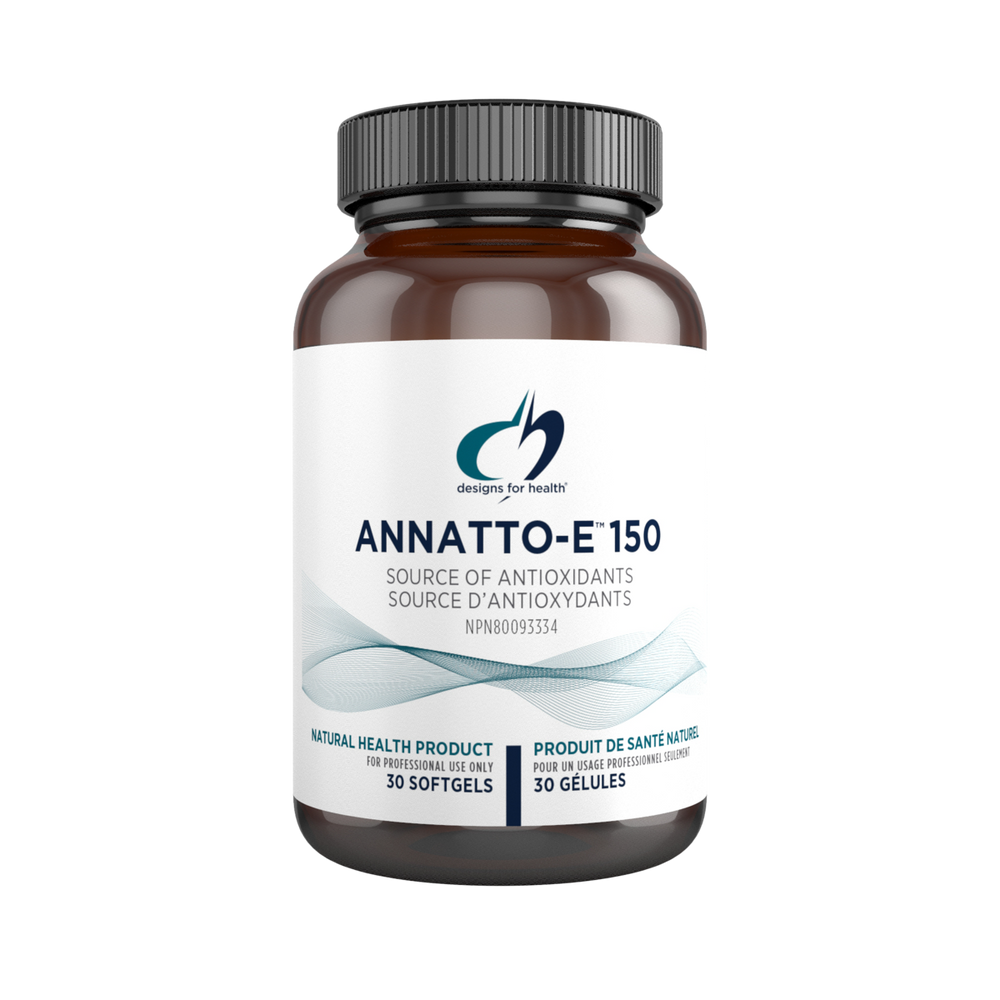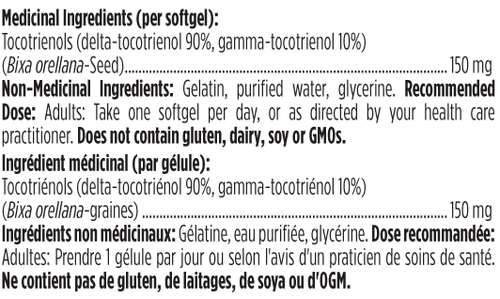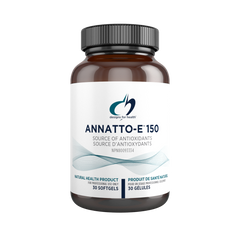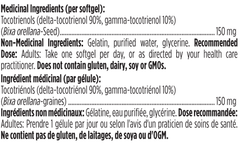



Annatto-E 150
- 40.99$
0.00$- 40.99$
- Unit price
- per
Description
x- Source of antioxidants
Vitamin E research has made considerable progress in recent decades. Vitamin E is not just a simple organic substance; it is a complex of specific constituents: 4 tocopherols and 4 tocotrienols. The difference in molecular weight and chemical structure between these components gives them distinct properties that influence their biochemical functions. Commercial supplements are generally rich in tocopherols, particularly alpha-tocopherol, but tocotrienols exert unique effects on a variety of tissues, making their supplementation alone, without the addition of tocopherols, desirable.
The richest natural sources of vitamin E are whole grains, such as wheat (mainly the germ), rice, barley, oats, and corn, as well as palm fruit and annatto. Most of these foods, therefore, have a higher concentration of tocopherols than tocotrienols (T3). The vitamin E found in rice, for example, is composed of 50% tocopherols, 35% delta and gamma-T3, and 15% alpha and beta-T3 (the latter two, however, are less potent forms of T3 than the delta and gamma forms). Palm, on the other hand, has a higher concentration of tocotrienols: 25% tocopherols, 25% alpha and beta-T3, and 50% delta and gamma-T3. However, the most concentrated known source of natural tocotrienols is annatto, which is virtually free of tocopherols and contains 100% tocotrienols (90% delta and 10% gamma).
The tocotrienols in Annatto-E are derived from annatto, making them pure and extracted from a natural source. Since research shows that tocopherols, particularly alpha-tocopherol, may interfere with the positive effects of tocotrienols, developing this product was a logical choice for Design For Health. It may be preferable to dose tocotrienols alone or to space tocotrienols and alpha-tocopherol-containing products 6 hours apart. The tocotrienols in this product are formulated as Delta Gold®, a proprietary tocotrienol formula from American River Nutrition. It is manufactured in the USA and has FDA GRAS status.
Produits recommandés
Produits récemment consultés
- Choosing a selection results in a full page refresh.



